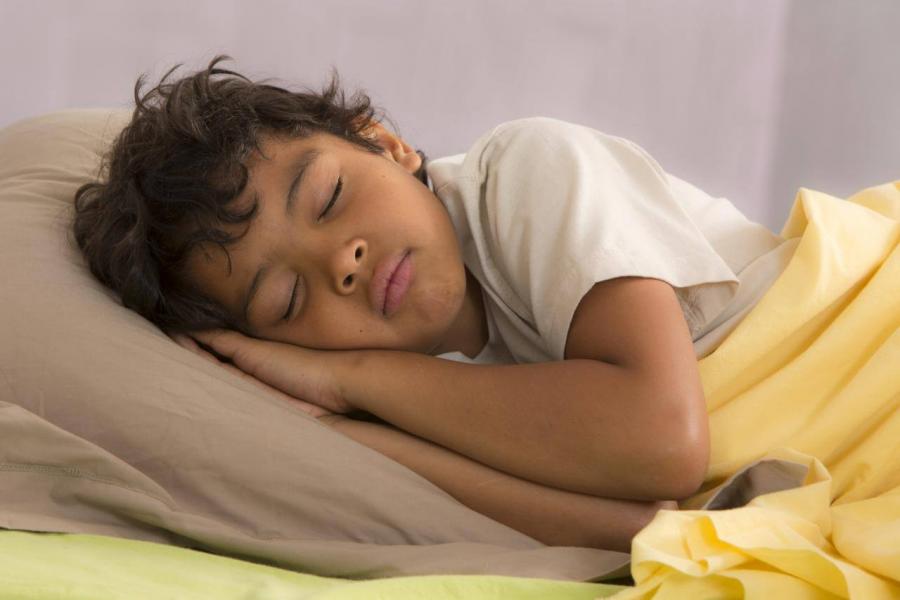Sleep
Not getting enough sleep is common in school children. There are many reasons why children wake up during the night. Information in this section focuses on common sleep problems. You might like to also check the sleeping sound section, which includes tools for managing sleep problems.

© Jpcprod | Dreamstime.com - Young Boy Fully Sleeping In His Bed Photo